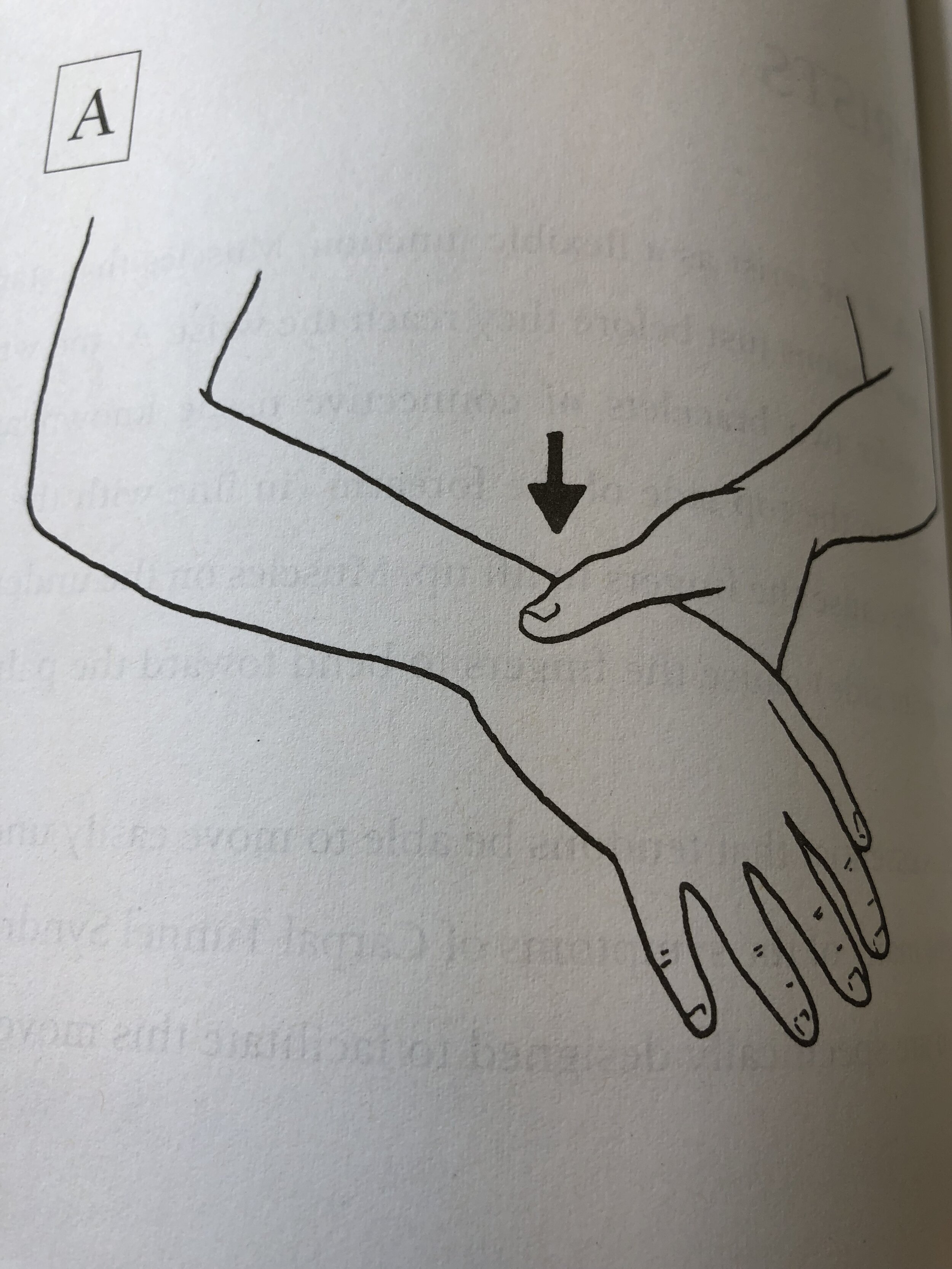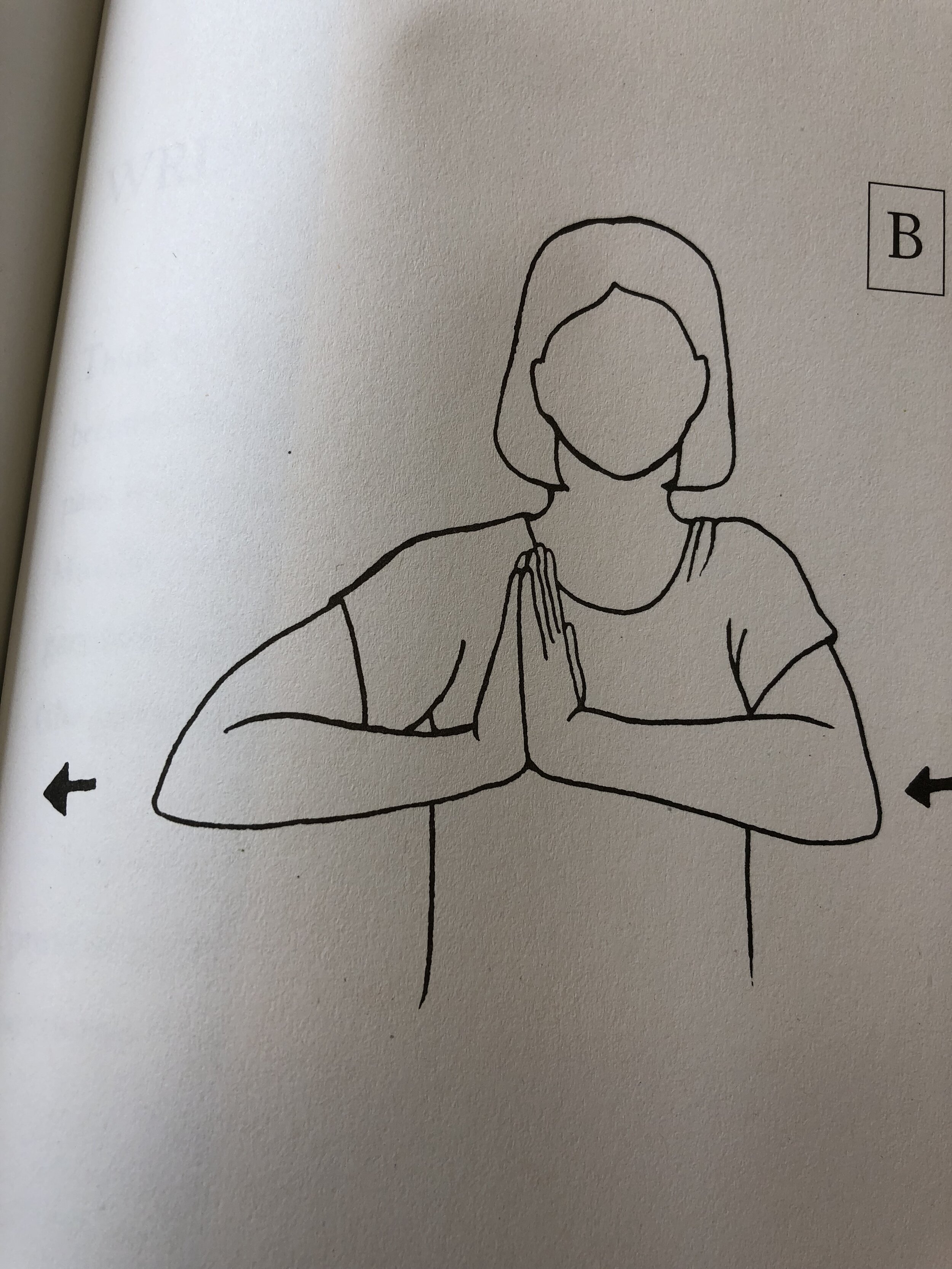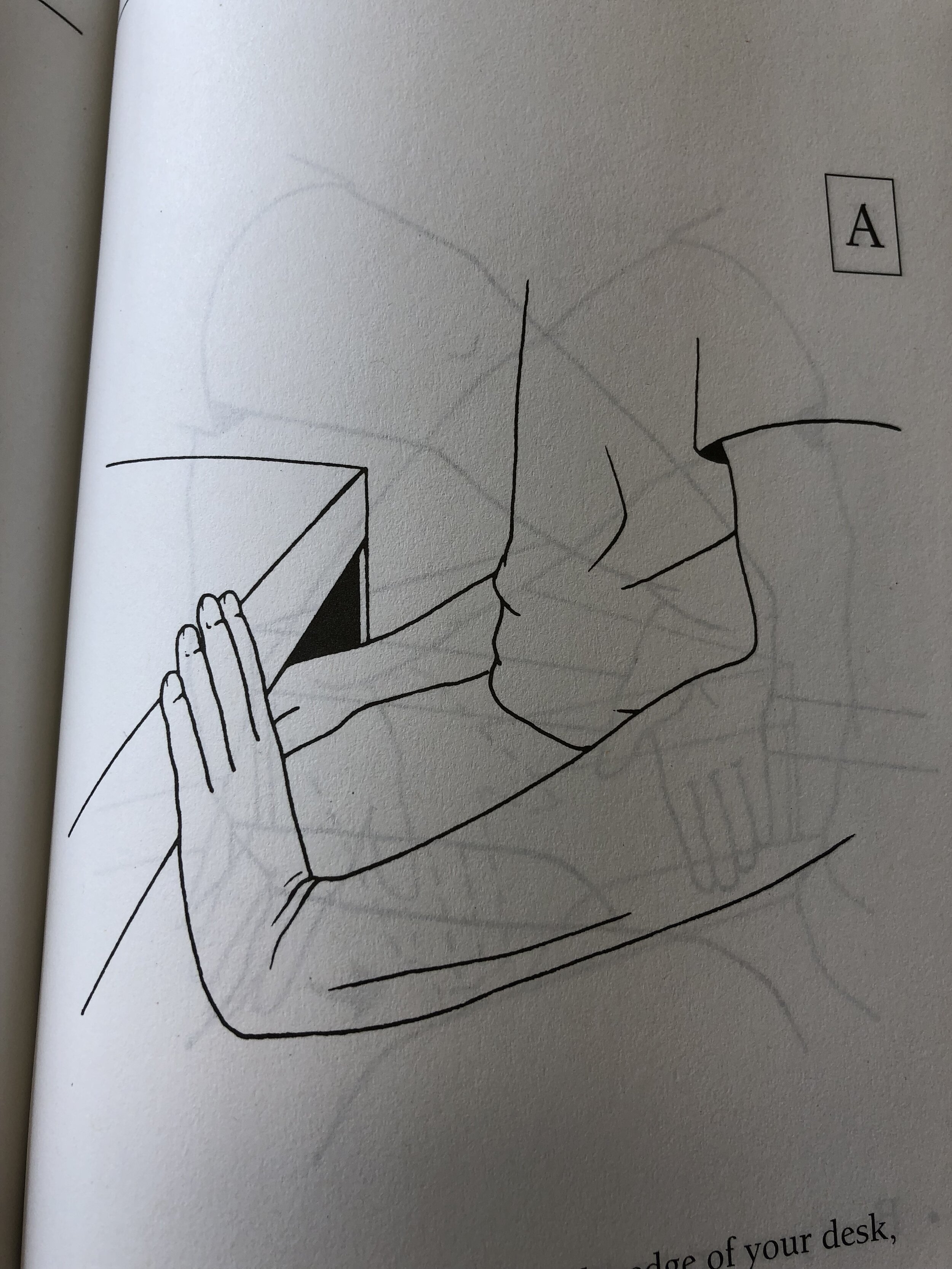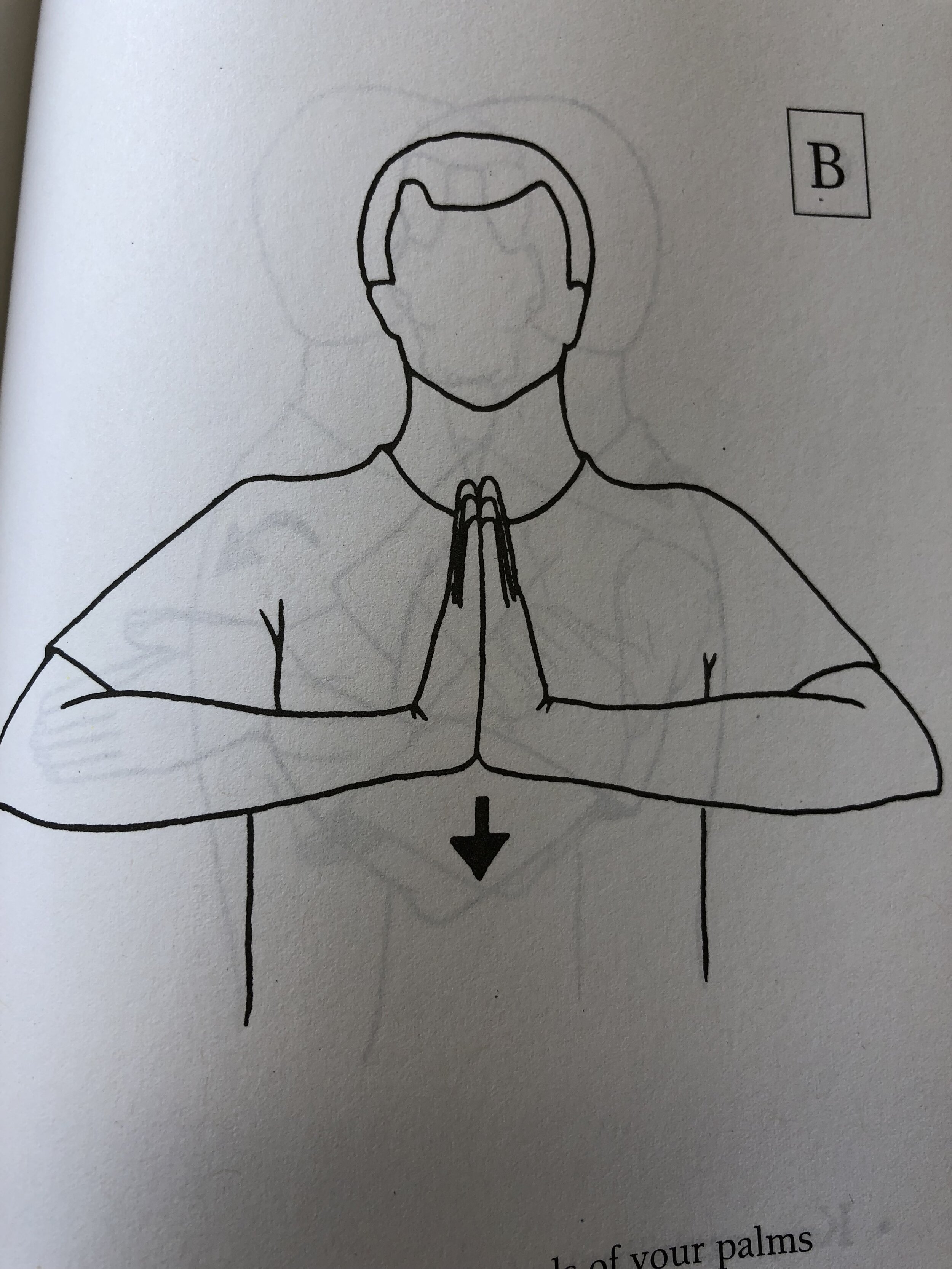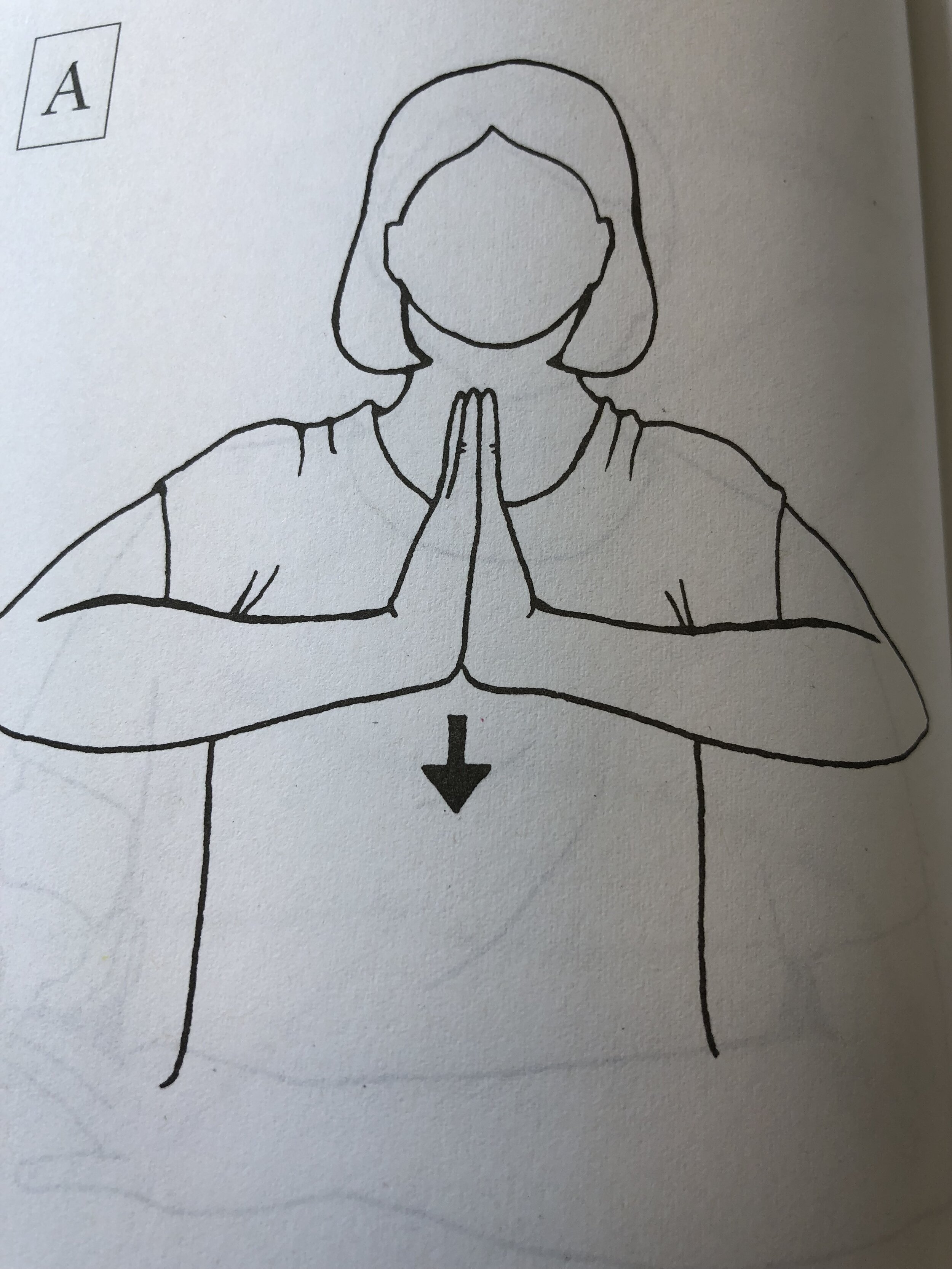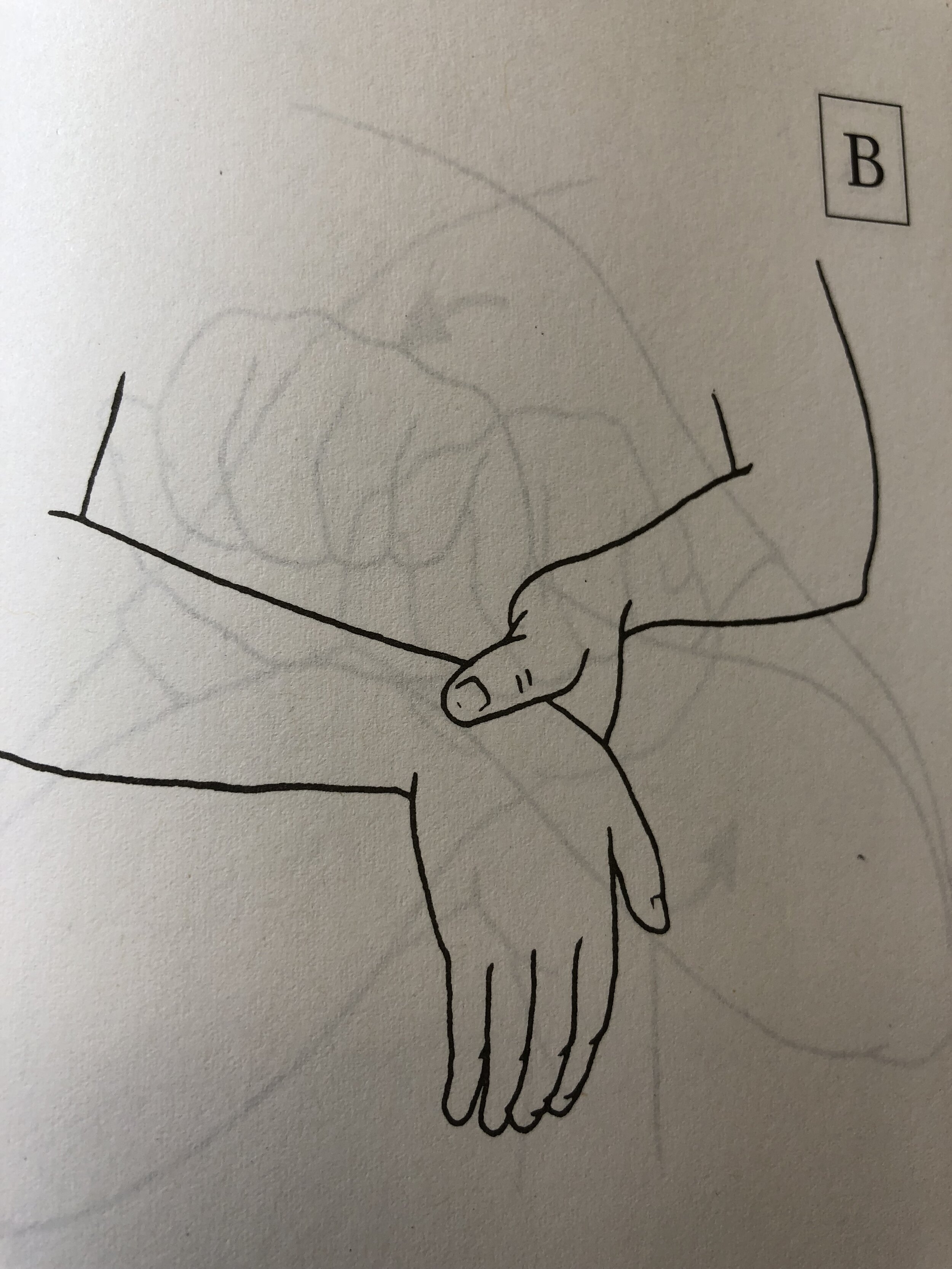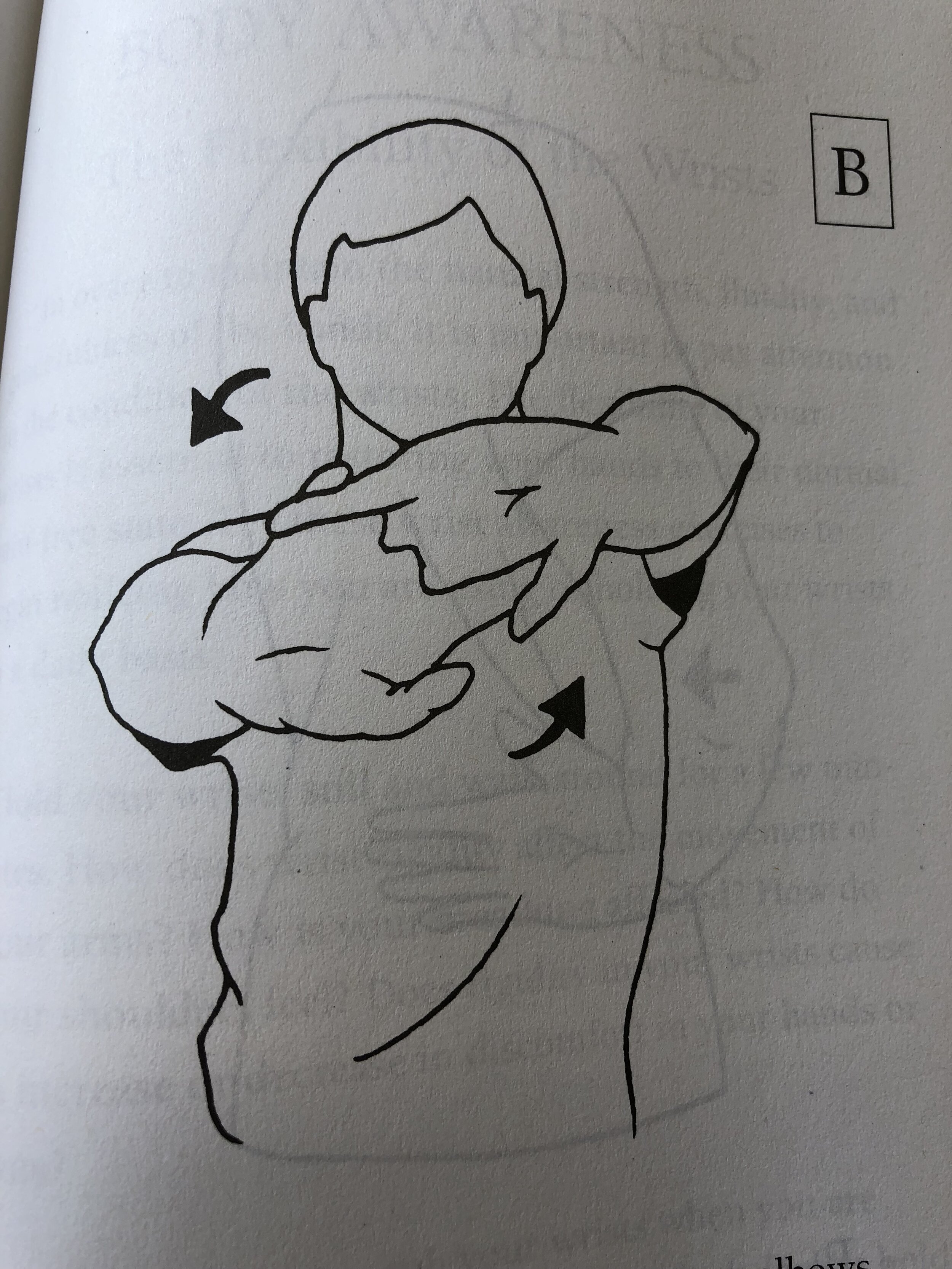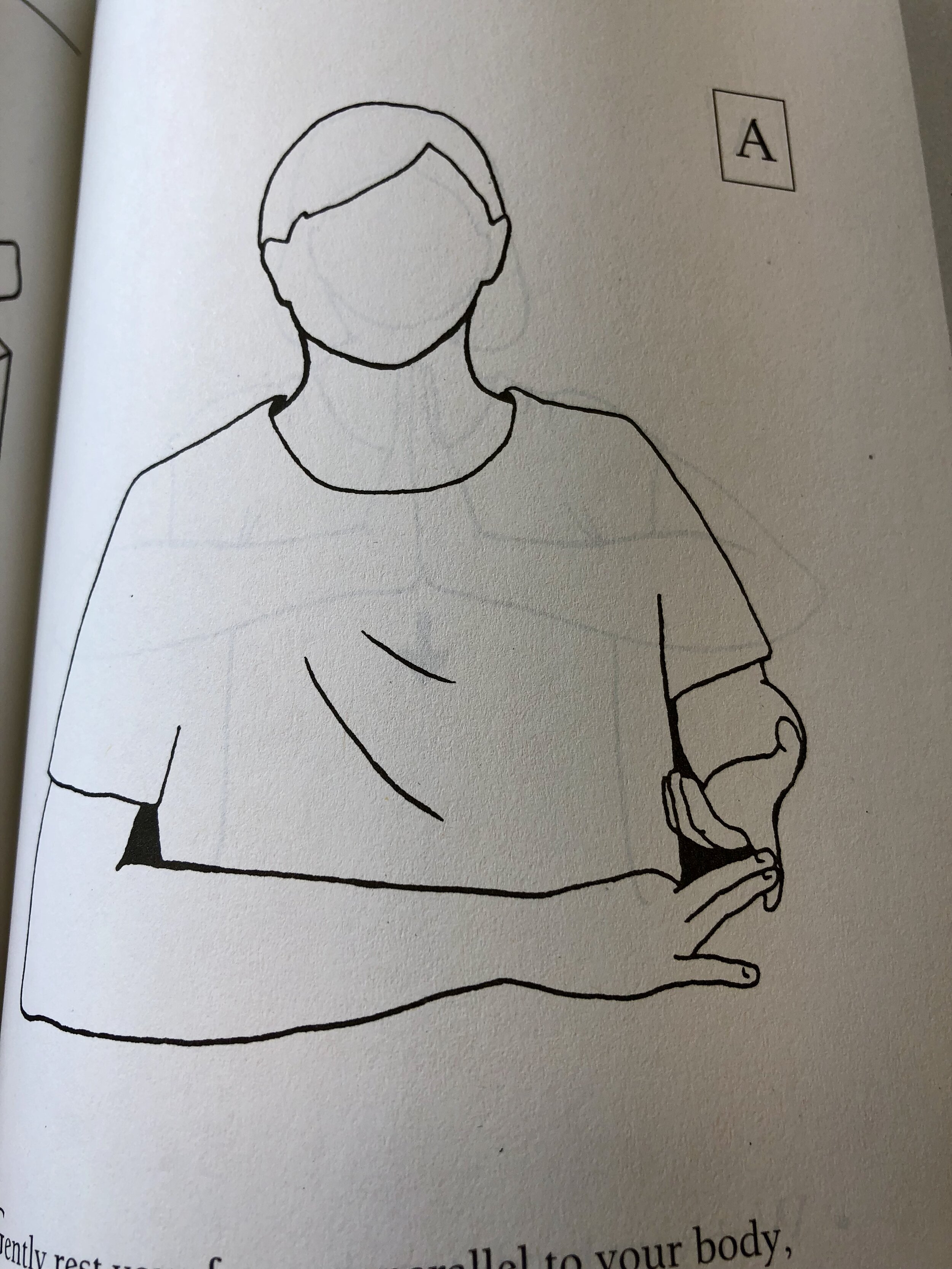Fight Wrist and Hand Numbness
In the final portion of the wrist/forearm overview, we will be covering the ways you can prevent and treat your wrist/hand numbness. If you haven't read the anatomy portion of this series I suggest taking a gander here.
Prevention
Over the years I'm continually amazed at some medical providers’ approach of ignoring the prevention of injuries and only focusing on symptom-based care.
Patients consistently come in with previous surgeries, braces, etc. When asked if the doctors at any time inquired about desk setup or day-to-day activities; the typical response is, "No, not at all."
Another common response is, “Just rest your wrist for a while and take a break from gaming.” So we aren’t going to address load capacity or tissue resilience? Because I’m sure this patient won’t ever have prolonged stints at a computer ever in their life again. *Rolls eyes*
Now, for most people with some common sense, you would wonder, "Hmm, what is happening in the patient's everyday life for this chronic pain occur?" Alas, this is not the case with most medical providers, and the quick fix is medication, braces, and surgery. Some may even toss their patients photocopied exercises, which is at least something.
Preventative Steps
Stretching before work- Warming up before the workday or a long gaming session is a must. Before athletes compete in a sport or even before your workout you always warm-up, right? So, why would putting in a 3-4 hour session of streaming or working be any different? Simple stretches that warm up both the wrist and forearm are listed below.
Warming up with lotion- Rubbing your forearms with a very small amount of hand lotion and self-massage is also a great way to get the "blood flowing" and prep the tissue for activity. This can also become a ritual to mentally prep for competition, acting as a mental cue. Obviously, towel afterward as lotion hands aren’t ideal for gameplay.
Self Mobilization- This can be accomplished with a Lacrosse ball or massage gun. Once again our goal is to provide increased blood flow to the area and increase the pliability of the tissues for extended use.
Taking breaks- Increasing the number of breaks during the day. They don't have to be excessively long breaks but enough to get you out of a prolonged position. Two to three-minute breaks every 30 minutes is fine. What we are trying to accomplish here is resetting your posture. So, get up walk around your desk in-between documents or between games and let your body reset.
Proper workstation set-up- This is by far the most important of any of the self-care steps. We have a whole series that breaks down each component's typical desk setup. Proper chair setup, desk, mouse, keyboard, and monitor set up all of which play a huge role in the prevention of wrist/forearm injuries. Appropriate ergonomic setup is one of the most overlooked portions of patient care.
The place and position you sit in for 8+ hours a day should be as kind to your body as it can be. If you haven't checked out our series, please give it a quick read here.
Treatment For Hand and Wrist Numbness
If you have skipped down to this part please scroll up and read the rest of the article (especially the prevention portion, please).
Treating the pain is the obvious goal for physicians, but the more significant and longer-lasting part of healing occurs with you. If you are suffering from this type of pain, I would recommend getting outside treatment. I would like to stress the point of seeking conservative treatment first rather than jumping to the typical approach of braces, medication, and surgery.
Below I've listed some of the best treatments in my medical opinion:
Tissue work- Gua Sha, Myofascial Release Technique, and Fascial Distortion Model are just a few of the techniques that work well for tissue relief. The primary goal of myofascial work is to release the adhesions within the muscles and tendons. The adhesions can also adhere to nerves as well causing a decrease in the nerve’s mobility within the surrounding area.
Targeted Exercise- This is one of the most important treatments in my opinion as this is long-term prevention. I’ve covered some of these in a previous article here. Scroll to the bottom.
Ice massage- I'm a fan of this, especially after a long day of work or gaming. The basic premise is allowing the ice to cool the inflamed structures after a day of overuse. I like putting some ice cubes in a ziplock bag and rubbing lotion on the area of concern. All the while making sure you are performing simple flexion/extension motions with the wrist. This slight movement not only helps keep the wrist from feeling stiff but also exposes different portions of the inflamed tendons.
Bracing- In most conventional circles this means placing a velcro apparatus on your wrist to minimize flexion and extension. The brace approach is not only outdated but detrimental to beating the symptoms long term. Wrist braces contribute to a decrease in muscle endurance and strength, which leads to further degradation of the structures that support the nerves. Some braces also fail to account for the ulnar deviation portion of the problem. So my advice is to "Say No to Braces!"
Kinesiotaping- I use this form of bracing and stability almost every day in my practice. This form of bracing adds stability but also allows the wrist to move freely. The muscles are also able to perform more freely which prevents atrophy and further destabilization in the wrist. The Kinesiotape also helps with some inflammation and edema control as well.
Below I've listed some pictures of some exercises that you can do to help strengthen and stretch the wrist without causing overuse symptoms. You first want to start with some simple range of motion (ROM) exercises then progress to weights, bands, etc.
I also want to stress that you know your body best and should always stop if you start to experience pain. By now I assume that you know the difference between "good" pain and "bad" pain.
With these exercises, you always want to go to fatigue and not push the tissue to excessive work. In this case, pushing the tissues more is not always the best approach.
(Credit to the Book Conquering Carpal Tunnel Syndrome by Sharon J. Butler)
Why Strengthening Helps Wrist Pain
Some individuals may be skeptical of using strengthening exercises or pushing their wrists when they already seem overworked. However, I want you to consider a couple of counterpoints to that argument.
Pain reduces the overall strength of muscles due to our natural pain avoidance mechanisms.
The conduction of signals from nerves for normal motor function can become decreased due to the constant bombardment of pain signals sent throughout the day.
Scar tissue continually builds up causing restrictions in the area. These restrictions cause the wrist and forearm to feel "restricted or laggy" when trying to perform normal functions.
I hope this article gave you some great information and can steer you in the right direction for your next step of care. If you have any questions about anything in the article or symptoms that you are experiencing, please leave them in the comments below.



